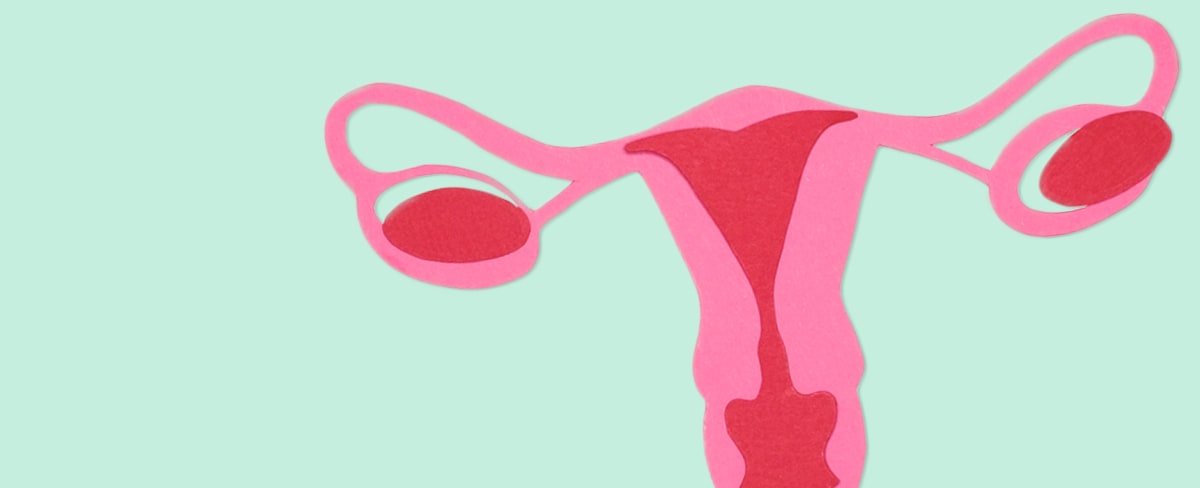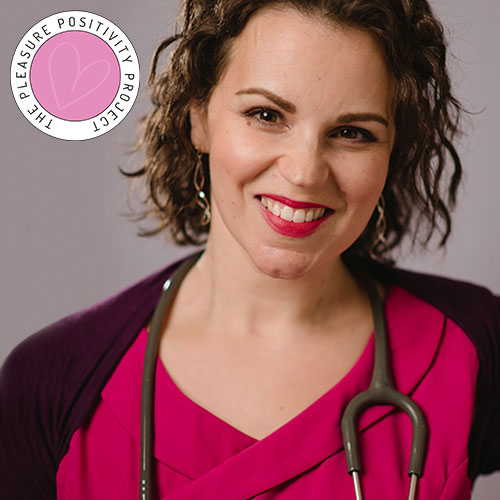
Your Guide to Cervical Screening
With Dr. Philippa Kaye
Cervical screening, or smear tests are perhaps not the most fun way to spend your time, but they are absolutely, vitally important and put simply, they could save your life.
What is cervical screening?
The aim of a cervical cancer screening is to look for Human Papilloma Virus (HPV) which is the cause of the majority of cervical cancer. If HPV is found, the cells are then examined to see if there are any changes and if treatment is required. But a cervical screening test doesn’t pick up cervical cancer, it picks up cell changes before they have even turned into cancer, meaning that it can prevent you getting it at all!
How often do you have a smear test?
If you are registered with a GP and reach cervical screening age you will be invited for a cervical cancer screening via letter. Your letter will tell you where you can go for a cervical screening and how to book. You’ll be invited every three years between the ages of 25 and 49 and then every five years between the ages of 50 and 64 in England (every 5 years between 25 and 64 in both Scotland and Wales). If your cervical screening results are negative, you'll be invited for screening again as usual in 3 or 5 years.
What happens during a cervical screening?
The procedure of cervical screening takes just a few minutes and, although you might find it uncomfortable, it should not be painful. The appointment itself may take 10-20 minutes, but most of that is filled with getting dressed and undressed, talking and form filling, the actual cervical smear test itself takes a couple of minutes. You will be asked to go behind a curtain and remove your lower clothes and knickers, you might prefer to wear a skirt or dress if that helps you feel more covered. You will then be asked to lie down on the couch on your back and bend your knees so you can pull your heels up to your bottom before letting your knees flop apart. Alternatively, you can lie on your side with your knees pulled up into your chest.
A plastic speculum is then inserted into the vagina to hold the walls of the vagina out of the way so that the health care professional can see the cervix. Some people are aware of a stretching type of discomfort at this point. A small brush is then used to gently brush some cells off the cervix, some people say this feels a bit like a period cramp. The sample is then put into a pot before the speculum is removed, you get dressed and you’re on your way!
How long do cervical screening results take?
The results are generally sent to you by post, about four weeks after your test and for most people will be negative. If HPV is found but there are no cell changes then you will be called for a repeat test in one year, and if cell changes are seen then you will be referred on for further treatment.
How to prepare for cervical screening
Some people may find cervical screening more difficult, perhaps you are a survivor of sexual abuse for example. Please tell your GP if you can or perhaps book a double appointment and take a friend for support – remember you can take all the time you need. If you have a skin condition which affects the vagina you may find it more painful, for example after the menopause, so treatment with vaginal moisturisers or vaginal oestrogen before the test can be helpful. You can also ask for a smaller size speculum and you can ask to insert the speculum yourself, whatever you need!
The combination of the HPV vaccination and cervical screening has the potential to eradicate cervical cancer, once you get your letter don’t put it off, book an appointment to have your screening. Cervical screening saves lives.
For more information check out the videos on the Pleasure Positivity Project Instagram page or visit Jo’s Cervical Cancer Trust at www.jostrust.org.uk
your first order
Stay in the loop on all things Ann Summers:
Updates on new arrivals, inspiration, offers and events!
*Discount only available on full price products and 5% off discounted products
By inputting your information, you agree that we can use it in accordance with our Privacy Policy. You are able to unsubscribe from marketing at any time. By proceeding you agree to our Terms and Conditions.
You must be over 18 to join our mailing list.
By inputting your information, you agree that we can use it in accordance with our Privacy Policy. You are able to unsubscribe from marketing at any time. By proceeding you agree to our Terms and Conditions.
You must be over 18 to join our mailing list.
Sign up to emails and get up to 15% OFF your first order

*15% Discount only available on full price products and 5% off discounted products
Stay in the loop on all things Ann Summers: Updates on new arrivals, inspiration, offers and events!
By inputting your information, you agree that we can use it in accordance with our Privacy Policy. You are able to unsubscribe from marketing at any time. By proceeding you agree to our Terms and Conditions.
You must be over 18 to join our mailing list.
Our Benefits
Free Delivery over £50
Spend £50 or more and enjoy free UK Standard Delivery (arrives in 3 working days).
Prefer something faster or more flexible? Next Day, Click & Collect & more at checkout.
Buy Now, Pay Later
Buy Now & Pay Later with our payment partners Klarna, Paypal, and Clearpay at checkout. Get the product you want, when you want it.
Free Returns
Changed your mind? Return eligible items free of charge within 30 days.
Discreet Delivery
Your order will always arrive in plain, unbranded packaging from “AS Ltd”.

